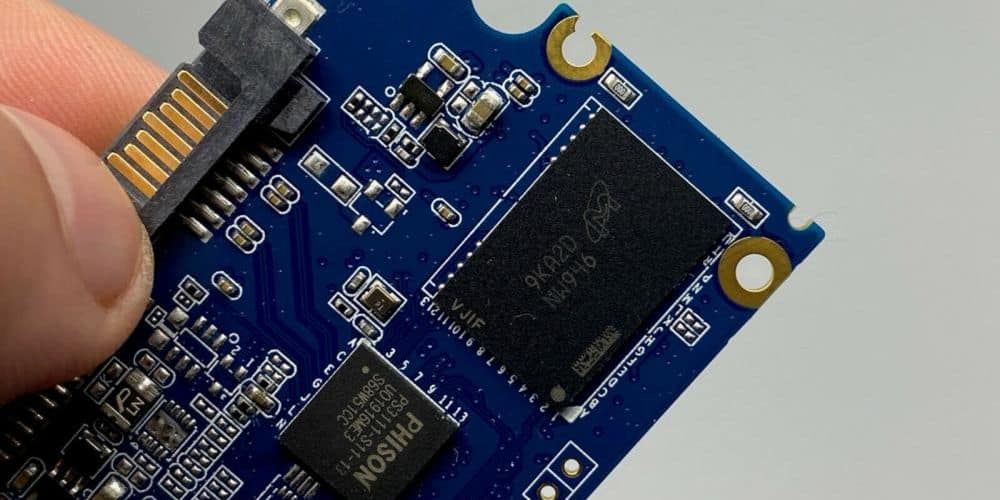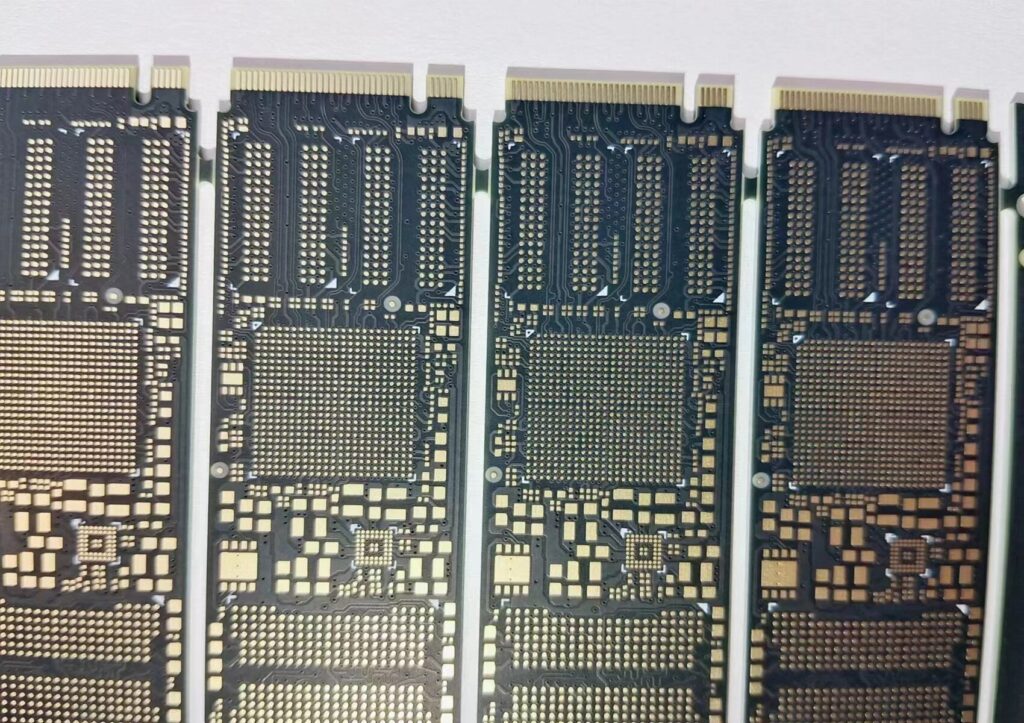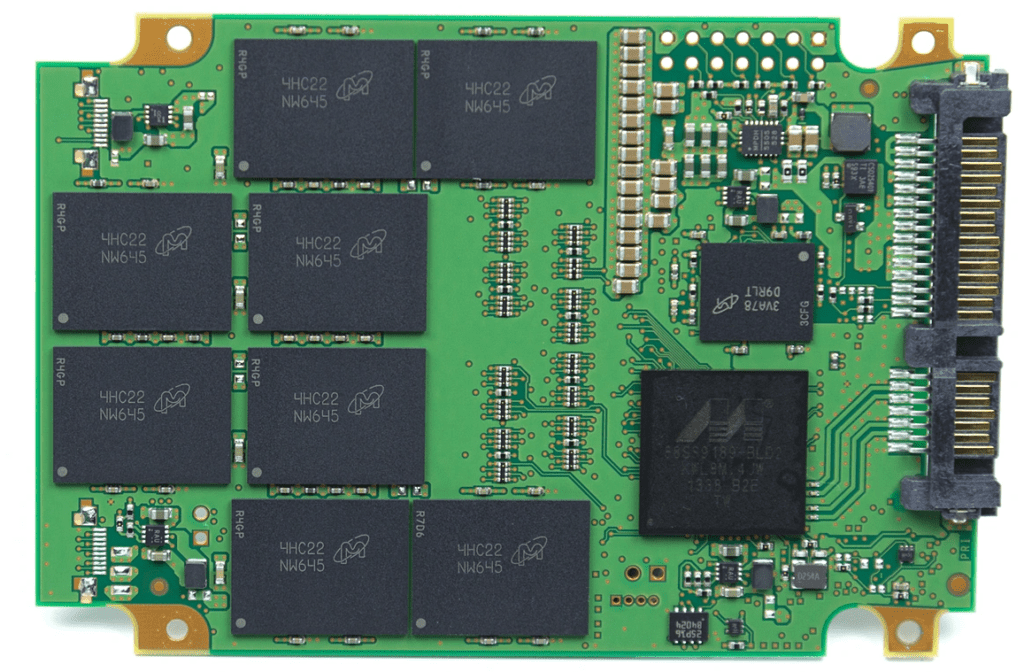What are the advantages of using an SSD PCB over a traditional storage PCB?
In the modern computing world, everyone is looking for faster and more reliable storage solutions. SSDs have become the preferred choice for personal and professional use due to their superior performance and durability. At the heart of every SSD is the SSD PCB, which plays a vital role in its functionality and efficiency. In this comprehensive blog post, we will explore the advantages of using an SSD PCB over a traditional storage PCB.
Superior Speed and Performance of SSD PCB
One of the most significant advantages of using SSD PCB over traditional storage PCB is the extraordinary speed and performance it offers. Traditional storage devices rely on mechanical components to read and write data. This mechanical process inherently limits the speed at which data can be accessed and transferred. In contrast, SSD PCB utilizes NAND flash memory, which enables instant data retrieval and significantly faster read/write speeds. SSD PCB also optimizes the data flow between NAND flash memory and the computer processor, significantly improving overall performance. The lack of moving parts in an SSD means that data can be accessed almost instantly, reducing the loading time of applications and files. This speed advantage is very friendly for tasks that require fast access to data.

Enhanced Durability and Reliability of SSD PCB
Another critical advantage of SSD PCBs over traditional storage PCBs is their enhanced durability and reliability. Conventional HDDs are susceptible to physical damage due to their mechanical components. These components can fail due to shock, vibration, or wear and tear over time. SSDs, on the other hand, have no moving parts, making them more resistant to physical damage and wear and tear. The rugged construction of SSD PCBs ensures that they can withstand harsher operating conditions, including extreme temperatures and physical shock. This reliability is critical for both consumer and enterprise applications, where data integrity and device longevity are paramount.

Energy Efficiency and Low Power Consumption
Energy efficiency is another significant advantage of SSD PCBs over traditional storage PCBs. HDDs require more power to operate their mechanical components, including spinning disks and moving read/write heads. This higher power consumption not only increases energy costs, but also generates more heat, which affects the overall performance and lifespan of the device. In contrast, since SSDs do not rely on mechanical components, they consume significantly less power. SSD PCBs are able to better optimize power consumption, making SSDs a more energy-efficient storage solution. Reduced power consumption means longer battery life for laptops and mobile devices and lower electricity bills for data centers and enterprise environments.

Compact and lightweight design
Another advantage of the SSD PCB over traditional storage PCBs is its compact and lightweight design. HDDs are large due to the presence of mechanical components, which can limit their use in thin and light devices. SSD PCBs make SSDs smaller, allowing for more flexible and innovative device designs. This compact design is handy for ultrabooks, tablets, and other portable devices, where space and weight are very important. Manufacturers can integrate SSDs into thinner and lighter products without compromising storage capacity or performance.
Improved Data Security and Integrity
Data security and integrity are key considerations for any storage solution. The design of the SSD PCB offers several advantages over traditional storage PCBs in this regard. Conventional HDDs are more susceptible to data corruption and loss due to their mechanical characteristics and susceptibility to physical damage. SSDs, on the other hand, provide better data protection through advanced error correction algorithms and wear-leveling technology. The design of the SSD PCB can better ensure data integrity and minimize the risk of data loss. It also provides enhanced encryption capabilities to provide additional security for sensitive data.
Clear Advantages
The advantages of using SSD PCBs over traditional storage PCBs are clear, from superior speed and performance to enhanced durability and reliability, SSDs offer a range of benefits that make them the first choice for modern storage solutions. Energy efficiency, more compact designs, quieter operation, faster boot and load times all further highlight the advantages of SSD PCBs.

